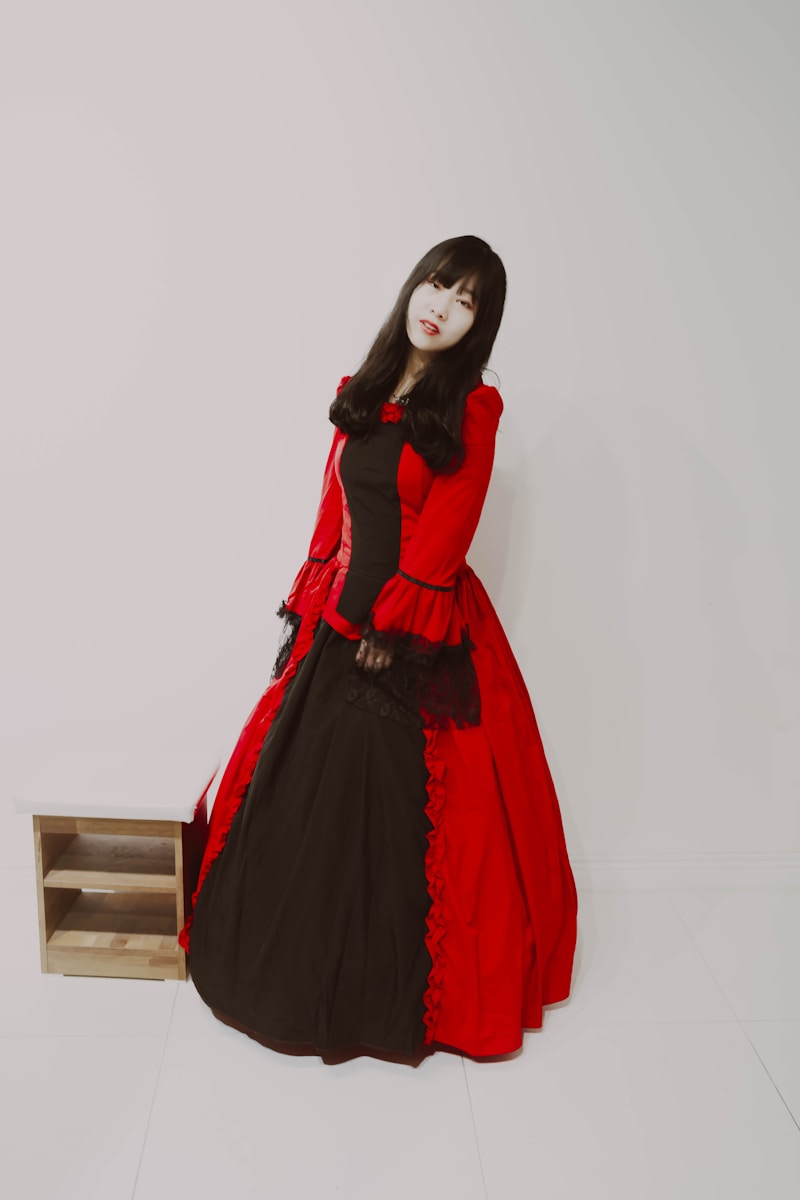Maximizing Your Experience with Gown Alterations After Sales: A Complete Guide
Understanding Gown Alterations After Sales
When you purchase a gown, whether for a wedding, prom, or a special event, it's not just the fabric and design that matter—the fit is everything. Gown alterations after sales play a crucial role in ensuring that your dress looks flawless. In this guide, we will explore the ins and outs of gown alterations, providing valuable insights, tips, and considerations to help you achieve the perfect fit for your special occasion.
Why Are Gown Alterations Necessary?
Gown alterations are often necessary because ready-to-wear dresses may not fit every body type perfectly. Factors such as your unique shape, personal style, and even the gown's original designs can influence the adjustments needed. Below are some reasons why alterations are a common practice:
| Reason | Description |
| Body Shape Variations | Everyone has a different body shape, and one size does not fit all. Alterations can help personalize the gown. |
| Design Choices | Specific design features may not work with all body types, necessitating adjustments. |
| Comfort | A well-fitted gown is not only about looks; comfort is key, especially for long events. |
| Style Preferences | Your personal style may require you to make changes to the gown to better suit your taste. |
Types of Alterations You Might Consider
There are several common types of gown alterations you can opt for, each addressing specific issues with fit and style:
- Hem Adjustments: This is often needed for length issues. Whether the gown is too long or too short, a professional can adjust it to the desired height.
- Bust Adjustments: If the bodice is either too tight or too loose, it may require alteration to ensure an ideal fit around the bust area.
- Sleeve Modifications: Sleeves can be added, removed, or altered for comfort and style, based on personal preference.
- Waist Adjustments: The waist may need to be taken in or let out to achieve the perfect silhouette.
- Adding Features: Some individuals may want to add features like lace, beading, or other embellishments to enhance the gown’s beauty.
Choosing the Right Seamstress or Tailor
Finding a skilled professional for gown alterations is critical. Your choice can significantly affect the outcome of the alterations. Here are some tips for selecting the right seamstress or tailor:
- Experience and Specialization: Look for someone who specializes in formal wear or bridal gowns, as they will have specific techniques for dealing with intricate designs.
- Reviews and Recommendations: Check online reviews or seek recommendations from friends or family who have had similar work done.
- Communication: Ensure the seamstress communicates well and understands your vision for the gown.
- Sample Work: Ask to see previous work or samples to gauge their quality.
Scheduling Your Alterations
Timing is a crucial factor when planning gown alterations. Here are some tips to ensure you allocate enough time:
- Start Early: Aim to schedule your alterations at least 4-6 weeks before your event. This allows ample time for multiple fittings if necessary.
- Set Fitting Appointments: Make your fitting appointments as soon as possible, ensuring you have the time to address any setbacks or additional adjustments.
What to Expect During the Fitting Process
Your fitting experience should be enjoyable and informative. Here's what you can expect during the fitting process:
- Initial Fitting: The seamstress will evaluate how the gown fits your body and discuss what alterations are needed.
- Marking Changes: The seamstress will likely mark changes using pins or chalk to show where the adjustments will be made.
- Follow-Up Fittings: You may need 1-2 follow-up fittings until the alterations are completed to your satisfaction.
- Final Adjustments: Always try on the gown once the alterations are finished to ensure everything fits perfectly.

Keeping Your Gown in Great Condition
After altering your gown, it's important to maintain its condition so it remains beautiful for your event. Here are some care tips:
- Storage: Store your gown in a cool, dry place, ideally in a breathable garment bag to avoid dust accumulation.
- Cleaning: Follow care instructions carefully; dry cleaning is often recommended for formal gowns.
- Avoiding Damage: Be cautious to avoid potential damages from jewelry or accessories that might snag the fabric.
Final Thoughts
Gown alterations after sales are essential in ensuring that your dress fits you perfectly, enhancing your confidence and overall look for any special occasion. By understanding the types of alterations available and finding the right professional, you can transform a good gown into a stunning masterpiece tailored to your body. Always remember to schedule your fittings early, communicate clearly with your tailor, and take good care of your gown post-alterations.
In conclusion, don’t overlook the importance of gown alterations after sales for that perfect fit. Invest your time wisely in the alteration process, and your gown will turn heads for all the right reasons!